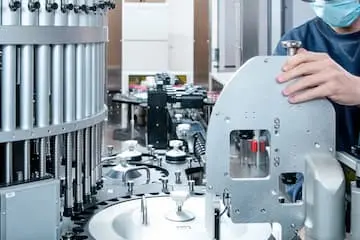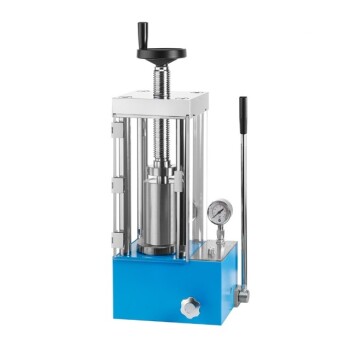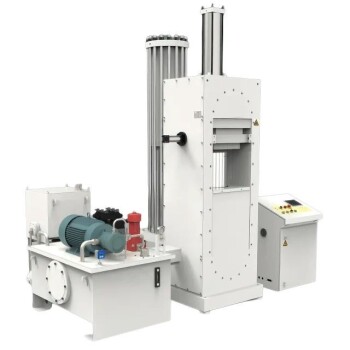Cold Isostatic Press (CIP) machines are essential for industries requiring uniform density and high-pressure compaction, such as material research, pharmaceuticals, ceramics, and electronics. Our range includes:
- Manual Cold Isostatic Pressing Machine: Precision control for sample preparation in vacuum environments.
- CIP for Small Workpiece Production: Compact design for high-density material production up to 400Mpa.
- Automatic Lab CIP Machine: Offers flexibility and control for efficient sample preparation.
- Electric Split Lab CIP Machine: High-pressure capabilities for demanding testing applications.
- Electric Lab CIP Machine: Compact and vacuum-compatible for dense, uniform parts.






